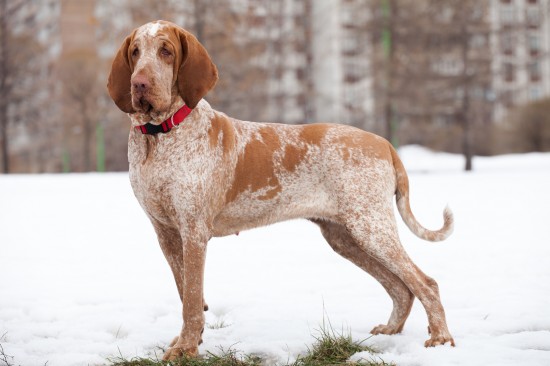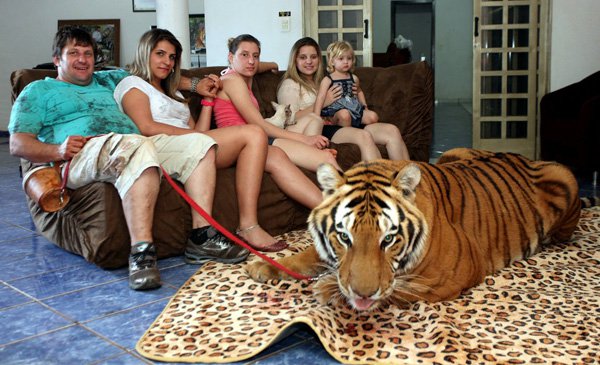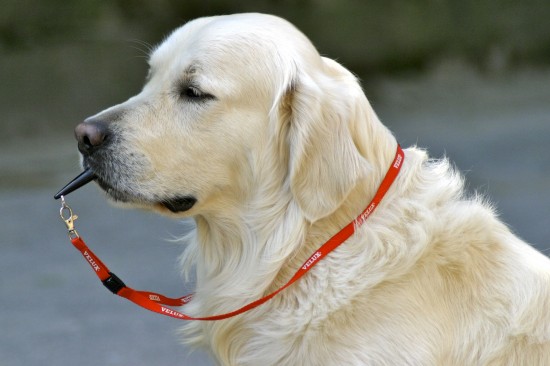Chimney Performance Problems
There are two major components at work in a chimney that affect chimney performance, draft and flow. Draft is the force or pressure that causes gases to flow up and out of the chimney and air to flow into an appliance. Draft is a measure of the force that drives the venting system. Flow is a measure of volume of gases that actually pass through the system as a result of draft.
There are several factors that would influence draft and flow, thus affecting chimney performance.
Two of the major factors for draft are:
Temperature difference between the average flue gas temperature and the temperature of the outside air.
The height of the chimney.
Three major factors that influence flow:
Draft
The amount of flow resistance and flue cross sectional area. Flow is usually the capacity of a venting system and is determined by the way draft and the amount of flow resistance and flue area all balance out in operation.
The size of the venting passage ways. This is the most critical variable influencing the amount of flow which affects chimney performance. The larger the flue, the greater to volume of gases that will be able to flow through the system in a given time and at a given draft and flow resistance. Measuring the cross sectional area of each flue can compare flow capacities of different flues.
Chimney Performance - How high should my chimney be?
The same principals of draft and flow apply to fireplace flues and flues servicing stoves or other heaters. There are differences in the way draft and flow balance in various chimney systems.
Chimney performance problems can be divided into three categories.
Wind induced down drafts
Flow reversals
Inadequate flow
Wind induced down drafts and flow reversals cause smoke to flow backwards down the chimney. Inadequate flow indicates that the flow volume is insufficient to handle the amount of flue gases even though the direction of flow is correct.
The solution to wind induced down drafts is to extend the chimney above the turbulence or high pressure zone that is causing the problem. Usually chimney caps, especially those designed to take advantage of the wind, are often the more economical solution to wind induced downdraft problems.
There are several causes for flow reversal problems.
Interaction between the chimney and the home.
Another chimney in the home.
Operating exhaust fans in airtight homes.
Improperly connected appliance ducting systems.
Solving flow reversal problems
Most of the time, flow reversal problems can be solved by repairs or by supplying the appliance with an alternative source of combustion air. Inadequate flow problems can be the result of insufficient draft or of insufficient flow capacity.
Draft Problems
Inadequate flue gas temperatures cause most draft problems. Anything that decreases the velocity of gases also increases their cooling. The size of the flue and other passageways in the system and the amount of resistance offered by obstacles, bends or debris in the system determine flow capacity. Other flow related problems could be due to air leaks in a chimney. Using a single flue to vent more than one appliance and airtight homes are other obsticals.
Back Puffing
Back puffing can be distinguished from smoking problems caused by wind induced down drafts by the sharpness and force of the puffs of smoke. In back puffing, the stove emits intermittent puffs of smoke due to small explosions in the stove or venting systems. Back puffing is not a true chimney performance problem but is usually mistaken for one when it occurs. Allowing more air to enter the appliance will stop back puffing. Its prevention is entirely dependent on proper operation of the stove.
Stainless steel resists corrosion, maintains it's strength at high temperatures and is easily maintained. For these reasons, it is used widely in items such as automotives, home and food processing products, as well as medical and health equipment. The most common types are: 304; 316; 316Ti; 316L; 29-4C.
316TI Stainless Steel
316TI is a stainless steel alloy with a small amount of titanium added. It's make-up allows it to resist acids and the stresses of hot and cold cycles. It can be used with solid fuels (wood, coal and pellet), gas and oil. It can withstand temperatures up to 2100 degrees.
316L Stainless Steel
316L chimney liner metal is commonly found in some thicker flexible chimney liners as well as in rigid chimney liners. The titanium is left out because of the added thickness of liners made from 316L stainless steel. 316L stainless steel is acceptable for use with coal, wood, gas or oil systems.
304L Stainless Steel
304L is best for chimneys venting a wood burning appliance. This alloy is commonly found in rigid chimney liner.
The most commonly specified austenitic (chromium-nickel-stainless class), it accounts for more than half of the stainless steel produced in the world. This grade withstands ordinary corrosion in architecture, is durable in typical food processing environments and resists most chemicals.
Al 29-4C Stainless Steel
This chimney liner metal alloy is used most often when relining a masonry chimney or clay lined chimney that will vent a modern high efficiency gas or oil furnace.
It is an alloy of stainless steel that is highly resistant to corrosion. It is used for relining flues where flue gases may contain highly corrosive elements. Being that most of the heat generated by such a high efficiency appliance goes into the home, the flue gas temperatures tend to be relatively low.
Low flue gas temperature keeps moisture in the flue gases from evaporating and being eliminated up the flue. The combination of moisture in the flue gas along with other chemicals that may be inducted into the flue from the surrounding environment, such as those from chemical cleaners and laundry supplies, can contribute to a very corrosive flue gas composition.
AL29-4C is made to resist such corrosive environments over a long period of time.
For more information call :Chimney Liner Depot (8700) 943-1515
or go to http://www.chimneylinerdepot.com/

 Some Frequently Asked Questions About The Bracco Italiano Dog Breed
Some Frequently A
Some Frequently Asked Questions About The Bracco Italiano Dog Breed
Some Frequently A
 Accessories for Pets – Dog Leads and Collars
Accessories for Pets – Dog Leads and Collars
D
Accessories for Pets – Dog Leads and Collars
Accessories for Pets – Dog Leads and Collars
D
 Using Silent Whistles With Your Dog
Using Silent Whis
Using Silent Whistles With Your Dog
Using Silent Whis
 Guidelines involving Goat fence regarding his or her conduct
Guidelines involving Goat fence regarding his or her condu
Guidelines involving Goat fence regarding his or her conduct
Guidelines involving Goat fence regarding his or her condu
 Puppy Potty Training Tips
It is important to understand how to potty train your p
Puppy Potty Training Tips
It is important to understand how to potty train your p